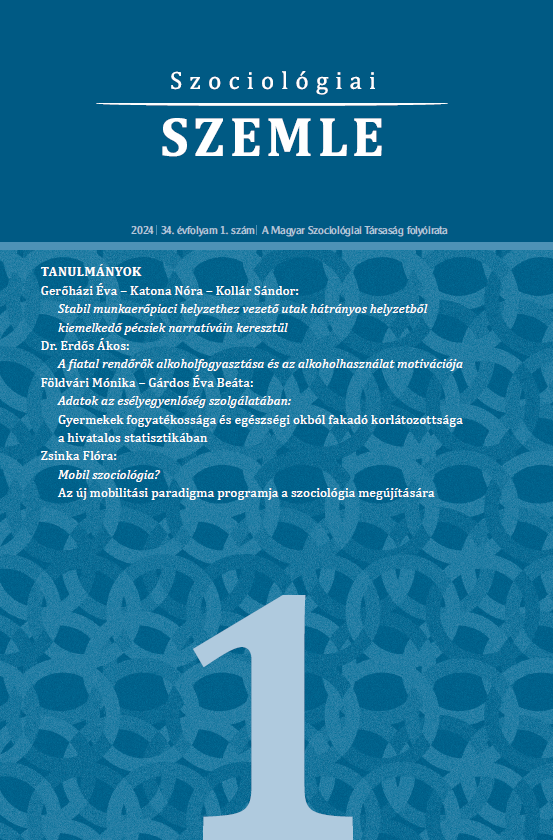Data for equal opportunities
Disability and health-related limitations of children in official statistics
Abstract
In the paradigm shift in the approach to disability and health-related limitations that dominated the early 2000s, the emphasis gradually shifted from the biological/medical model to the so-called social model. Disability is less and less seen as a mere health problem, but is examined in a broader context, taking into account the role of the environment in determining the extent to which a given health problem limits participation in society.
A change in approach leading to new definitions and methodologies will enable a better understanding of the factors that influence the opportunities for children with disabilities to participate in relationships, normal activities and education, and build on this to better promote their future well-being.
The measurement of children's disabilities/disabilities is specific in several ways. Although many efforts have been made at international level to provide standard measurement tools and comparable data in this area, there are still significant blind spots in the information available. In this paper, we outline the main international and national trends in the measurement of disability/disability in children; the challenges, efforts and achievements to date.





